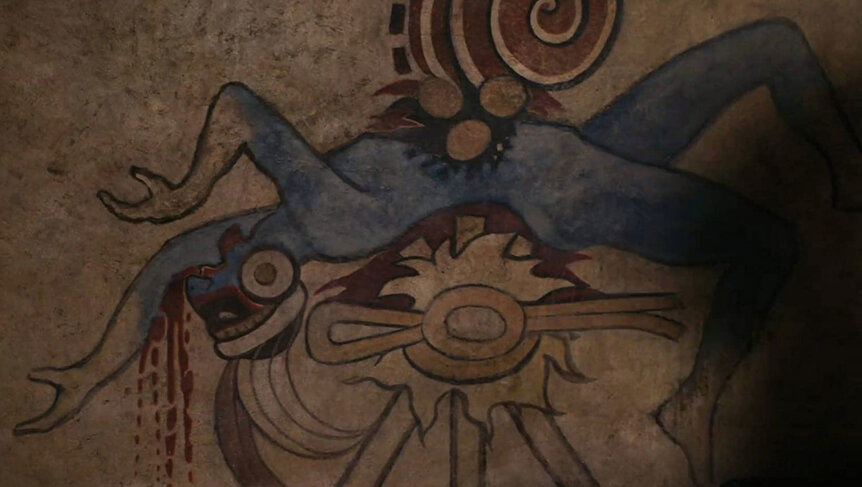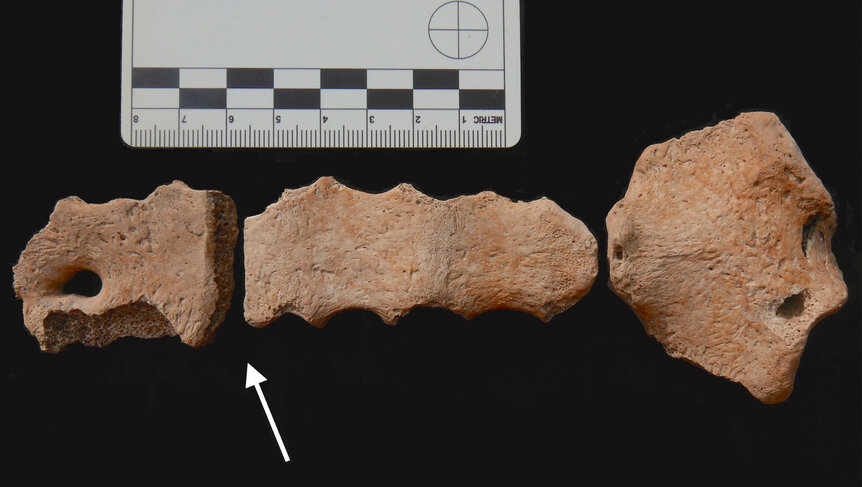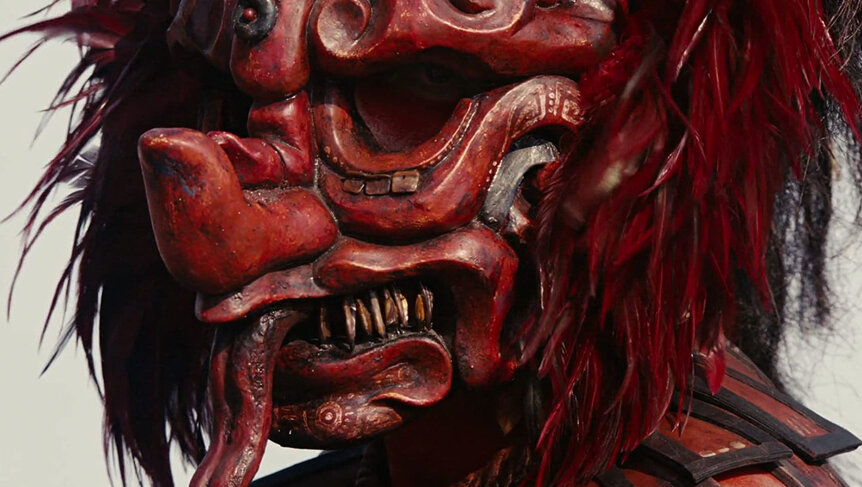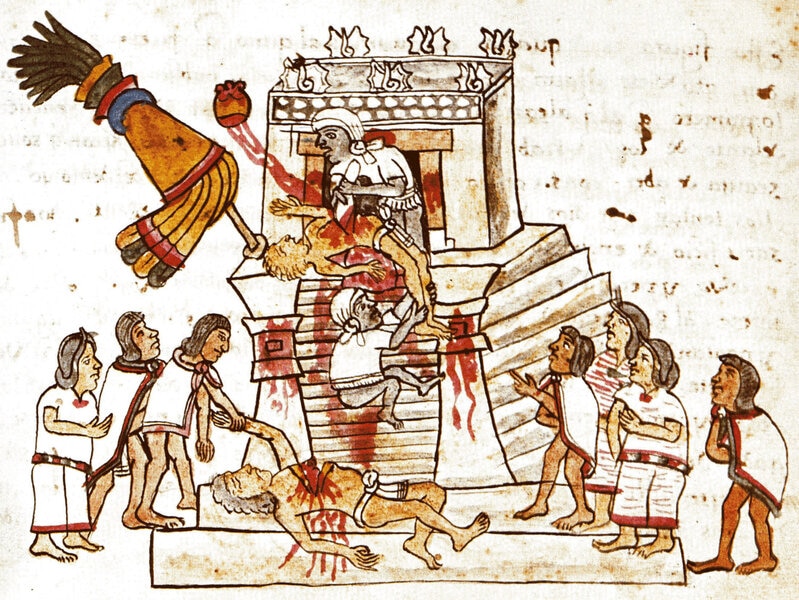Create a free profile to get unlimited access to exclusive videos, sweepstakes, and more!
Human sacrifice that ripped victims’ hearts out was more than just horror-movie gore
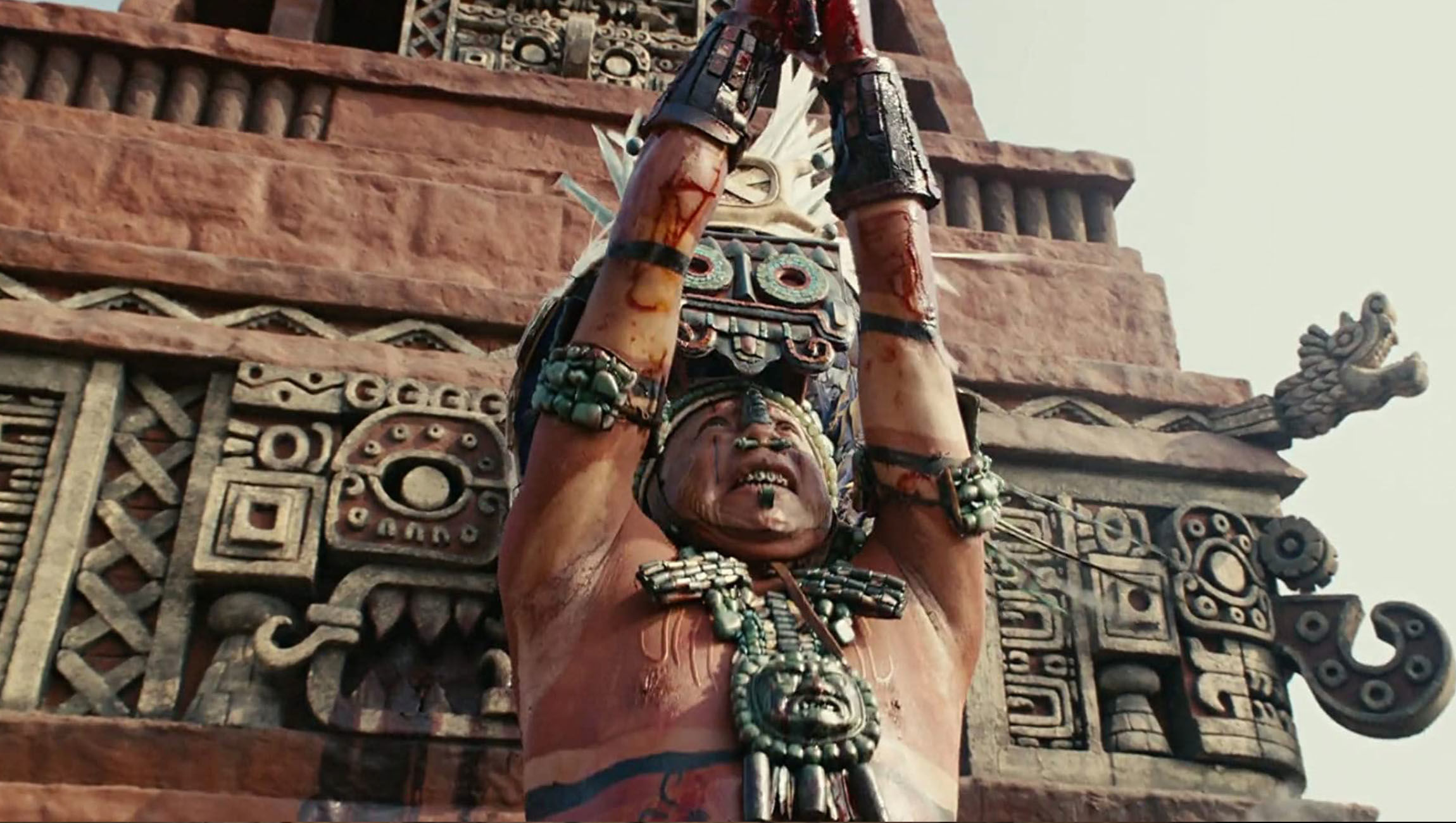
It sounds like a scene from your most gruesome nightmare being replayed. The hot, pulsing sun. The slash of a knife into flesh. The still-beating heart of a human victim held up to a gaping sky.
Human sacrifice was not always the most forbidden of social taboos. Many ancient peoples believed that offering up one of their own would appease their gods in times of drought, famine, and (eerily) epidemics. Anthropologists Vera Tiesler and Guilhem Olivier have now gone into more depth than ever studying ritual Mesoamerican sacrifices that involved heart extraction by analyzing the skeletons of those sacrificed. Their extensive study, recently published in Current Anthropology, dared to venture into something that frightens most of us to give fascinating insights into how these ceremonies were more than just part of a bloodstained past.
Evidence for human sacrifice in ancient cultures is often fragmented. Mesoamerican writings and artwork (like the recreation from Apocalypto, above) that had been unearthed needed to be combined with archaeology, forensics, and bones excavated from burial sites for a more thorough understanding of what the underlying reasons and methods for these rituals were. Ruling elites were often the ones who decided who was to be sacrificed, and for what purpose. Sacrifices were carried out primarily as the ultimate communication with deities who were believed to have the power to turn around times of desperation. Most of these ceremonies were public, often tainted by an undercurrent of power and intimidation running through the veins of the elite.
"You cannot tear apart religion from politics and power, more so in a state-level society of the complexity that many Mesoamerican hegemonies held," Tiesler told SYFY WIRE. "On a general level, imperialistic powers of the remote past, like the Aztecs, tend to instrument religion and/or military power to control huge territories with their diverse multiethnic populations under their watch. In the case of the Aztecs, this included ritualized mass violence."
The researchers found that there were three types of heart extractions performed around 1000 B.C. or earlier. Subdiaphragmatic thoracotomy was performed using a knife to cut directly under the ribs. Intercostal thoracotomy meant making an incision between two ribs with an axe or long pointed stick, while transverse bilateral thoracotomy translated to cutting through the sternum with a knife or axe. The same implements were usually used to extract the heart.
"The slit below the rib cage with the victim lying on its back in an overextended position was the most common method, because it is the easiest access and it does not require to cut through bony tissue," Tiesler said.
"While the access from beneath the chest was used in general with no specific association, at least among the Aztecs, the access by slicing between two left ribs is associated with Tezcatlipoca rites and cutting at mid-chest level horizontally through the rib cage (cutting the sternal bone in the way) is associated to Xipe Totec rite," Tiesler said. "This is not a one to one correlation of course (also due to diversity across the Mesoamerican shere and according to time); we are still at the beginning of a more systematic understanding of the sacrificial choreographies that implemented heart sacrifice."
Tezcatlipoca was the god of the night sky and embodied change through conflict. Xipe Totec was the god of spring and was believed to watch over seeds and planting. Rites in honor of Xipe Totec, also known as “the flayed one”, also involved posthumous flaying, defleshing, and dismemberment. Sometimes slaves would represent deities who had sacrificed themselves and were then reborn. Slave sacrifice usually happened on the feast days of Earth and maize gods, though they were first decapitated, much like the children offered to Earth and rain god Tlaloc. Prisoners of war who ended up as sacrificial victims were fed to the Mimixcoa, or “Cloud Serpents”, which were in turn believed to feed the Earth and Sun.
In the Aztec myth of how the Earth and sky came to be, the fertility goddess Tlaltecuhtli would cry incessantly at night until she was given human hearts to eat. She would not bear fruit unless she was fed. Nanhuatl, who Aztecs believed became the Sun itself, was another deity often sacrificed to.
Next to physical evidence like the skeletons and implements found at archaeological sites, heart sacrifice is often seen in ancient Mesoamerican imagery. Sacrificers are often depicted as wearing elaborate clothing and headdresses that distinguish them as high priests or political figures, and the overflow of blood appears to be enough to sate an angry god. Ceremonies were also witnessed and chronicled by early Spanish colonists. One account that Tiesler and Olivier include in their study describes a knife being plunged in the chest of the sacrificed and the beating heart immediately ripped out, with blood being smeared on a carving of the deity being symbolically fed and thrown towards the sun or stars. The heart was then burned and its ashes kept in a vessel as a relic.
Not every sacrificial ceremony was conducted in the same way. In addition to the varying methods of extracting the heart, there were differences in how human body parts were offered and how relics were preserved. Depending on the method of chest penetration, different marks were left on the bones. While an existence sustained by human blood may seem surreal to us now, the bones of the dead which speak to us now help us understand their fate from beyond the grave.
"It may appear to be gratuitious violence now, just like Medieval and Renaissance Europe with its heresy trials, its holy office and massive religiously motivated killings," Tiesler said of Aztec heart sacrifice, "but was held to be worthy and effective at the time it was practiced."
